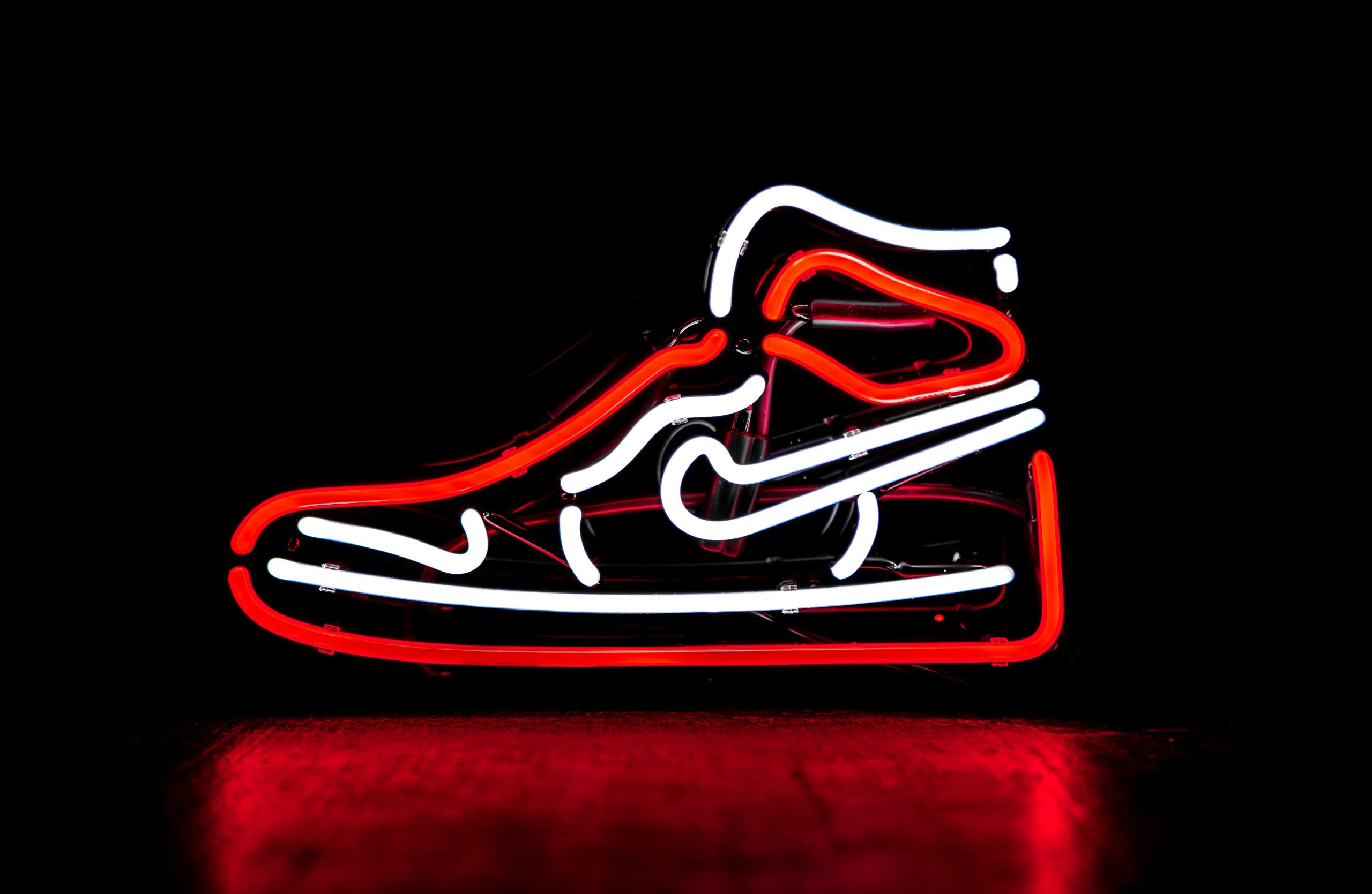Around two months ago, I woke up one morning a few minutes before 8am. I had not set an alarm, and woke up naturally after a good night of sleep. As usual, I gave into my terrible habit of reaching for my phone as soon as I opened my eyes. I scrolled through social media and checked the news app briefly, before receiving a notification from an app on my phone called SNKRS.
SNKRS is an app developed by the sportswear and apparel company Nike to provide people like myself who are obsessed with their sneakers (also referred to as trainers or ‘kicks’) a centralised platform through which to purchase their sneakers, or to browse for and save pairs that are sold out or that they may wish to purchase later. App users also have the ability to save their delivery address, email, and preferred payment method for a quick and easy checkout. Before the internet and the dominance of e-commerce, sneaker enthusiasts would wake up early or camp out all night outside Nike stores for a chance at purchasing their desired shoe. Now, the same thing happens online, but at a much faster pace.
The notification I received informed me that I had been randomly chosen for exclusive access to the 8am release of Nike’s Air Jordan 1 Retro High OG shoe in the University Blue colourway. I clicked on the notification, assuming that the app would tell me my shoe size was sold out as it usually is within seconds of the release of the shoe. Previously, I had deliberately woken up early in order to try and click purchase at 8 o’clock on the dot, with no success. SNKRS is notorious among sneaker enthusiasts for giving out ‘Ls’, short for losses, with very few customers able to successfully order their desired item. Many blame such perceived unfairness on the use of code programs and bots by some to trick the app and websites into allowing someone to purchase an item ahead of everybody else.
That day, however, the favour of the universe seemed to have been bestowed upon me. I went into the app, chose my size, and clicked purchase. To my utter disbelief, the transaction went through, and a few minutes later I had received an order confirmation via email. I simply could not believe that on the one occasion on which I happened to wake up a few minutes before a release (as compared to dozens of previous deliberate, pre-planned, attempts), I was successful in purchasing a shoe I had been coveting for months.
Later on, I had a moment of self reflection during which it occurred to me how ridiculous it was that the highlight of my day was that a company, namely Nike, had given me what I viewed as a fantastic opportunity to spend my own money to purchase one of their products. I thought of myself as lucky to have been able to access the product. It was a privilege to have taken a ‘W’, a win, on an app that leaves so many disappointed. It is exactly this mentality among consumers that makes the sneaker industry so fascinating.
Those who appreciate and collect sneakers, so called ‘sneakerheads’, are part of a vibrant culture that places much higher value on the footwear than the average consumer, in a similar way to how luxury consumers view designer clothing or handbags. Sneakerheads enjoy keeping up with new models and colourways from their favourite companies. They clean their shoes meticulously, and often have organized sections of their closet, bedroom, or house dedicated to their collections, which are often comprised of dozens or even hundreds of pairs. There is also a certain excitement about knowing you are wearing the same pair as your favourite musician or sports star, with rap and hip hop fashion culture especially placing huge emphasis on the quality of your sneakers, your ‘shoe game’. One of Nike’s best selling shoes, the Air Jordan line, was created in collaboration with Chicago Bulls legend Michael Jordan. The Jordan 1 sneaker that I bought, and all of the versions currently available, are reinventions and different colours of the shoe Michael Jordan first wore on the court in 1985.
Using simple principles of supply and demand, producers like Nike and Adidas use sneakerhead culture to their advantage by limiting the availability and distribution of certain products and therefore ensuring that each release is highly anticipated by their customer base.
In 2020, the sneakers market was estimated to have a global value of approximately $79 billion. The resale market is a major part of that figure, estimated at approximately $6 billion in 2019 and forecasted to grow to almost $30 billion by 2030. People expect and are willing to pay more for sold out items than what Nike or Adidas offered them for. Individual resellers, many of whom garner most of their business from social media platforms like Instagram, make impressive profit margins by selling sneakers for up to 400% of their retail price. So do dedicated e-commerce sites like StockX, which was estimated to be worth $3.8 billion in April 2021. In 2020, the Detroit-based industry leader reported $1.8 billion of merchandise movement through the site and over $400 million in revenue. StockX works in a similar way to eBay, allowing individuals to sell ‘deadstock’ – authentic unworn items. If I were to put the Air Jordan 1s I bought on StockX, they could sell for between $355 and $385, almost 230% of retail. But, being a true sneakerhead, being able to own and wear the shoe is worth more to me than the 130% profit I could make.
In addition to the market for the items themselves, a variety of entrepreneurial small businesses have emerged around the sneaker industry. Cleaning and customization services are among the most popular, with customisation artists painting anything from out of stock or non-existent colourways, the PowerPuff Girls, names, or even recreations of Michaelangelo’s ‘The Creation of Adam’ onto a blank pair. Social media influencers like @sallyssneakers and @qiasomar produce sneaker photography and outfit combination content, and often receive PR gifts from companies in order to promote the products to their following. Websites like HighSnobiety, Kicks on Fire, Sole Collector, and HypeBeast help enthusiasts to keep up with new and upcoming releases and news stories about the industry.
The market is forecasted to reach $119.5 billion in value by 2026, without counting all the elements of sneaker culture outside of retail and resale commerce. Even during a pandemic, in 2020 StockX saw an increase in merchandise sales of about $800 million from 2019, demonstrating the devotion of sneakerheads to the culture. Sneakers are increasing in popularity in existing markets such as the United States, but also expanding in other markets like China. Social media and e-commerce in particular will be a fascinating space to watch in terms of the evolution of trends in the industry in the coming years.
If you think people like myself are beholden to an absolutely absurd, obsessive addiction, you might be right. What cannot be denied, however, whether you are a devotee or not, is that the sneaker market is a fascinating industry with massive growth potential and an extremely unique consumer base. Whether or not there is indeed a bubble in the resale market on the horizon as some are predicting is yet to be seen, but for now even a global pandemic and economic crisis has failed to deflate it.






Awesome write-up! Businesses/companies does make one think its a privilege for them to spend THEIR money on their product
Well research piece I think I should look for investment opportunities in customisation with the resale sector. The potential looks limitless